Why is the daylily not blooming and what to do?
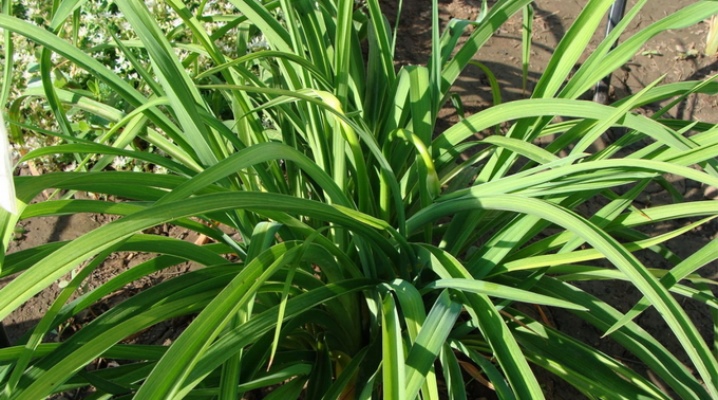
Flowers are amazing creations of nature! Their beauty is mesmerizing, and the aroma is dizzy and fills the surrounding space. The owners of country houses and backyards decorate the landscape, planting whole compositions from various representatives of the flora. Today we will talk about the flower known as the daylily and see what can be done if it has ceased to delight you with flowering.

Description of the plant
Selection does not stand still, she did not bypass her attention and daylilies. Initially, there were only 15 varieties of them, and they grew in the territory of the countries of the East and Central Europe. Now more than 35,000 hybrid forms have been bred, differing in color, stem length, flower size, structure of petals and leaves.
Daylily, also called krasodnev, is a perennial plant with a long, upright stem topped with a cluster of bell-shaped or tubular flowers. Its second name is derived from the phrase "beauty for a day", which says about the short life of the peduncle. However, do not rush to be disappointed - the same plant is capable of producing several buds in a row, which gives the impression of constant flowering.
In addition, different varieties of daylilies bloom at different times, so you can combine them in such a way that flowering continues from late spring to late summer.
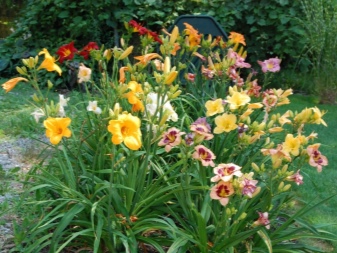

The buds release dates are indicated on the package of the plant. They are:
- the earliest - flowering occurs in late May or early June;
- early - bloom from the first days of July;
- average - begin to wake up at the end of July;
- late - flowering occurs in early August.
Another nuance: the earlier you choose the variety, the more shortly you will admire the flower. May and June varieties flower for about 30 days, August - up to 65. The weather also dictates its own conditions: if it is warm and sunny outside, the bloom early releases a peduncle, and the interval between it and the next is a day, if the weather is cloudy and the air temperature is low, then the flowering interval increases by a day.
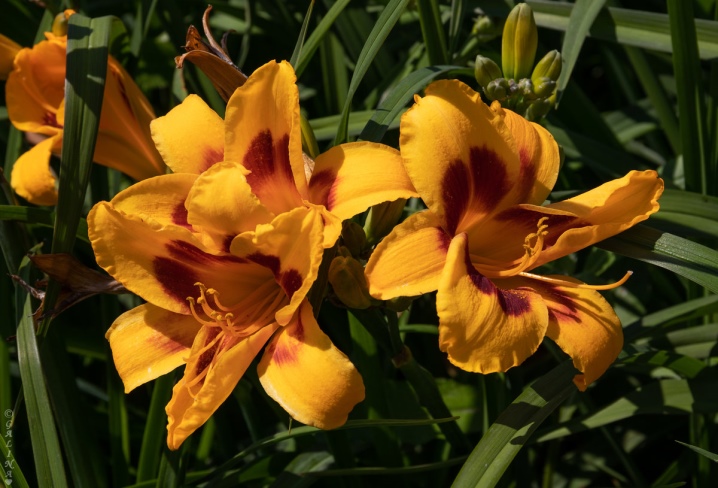
Causes of the problem and tips for fixing it
Sometimes we think that we take good care of the garden and its green inhabitants: we observe the watering schedule, feed, destroy harmful insects, and carry out disease prevention. But an outwardly healthy daylily suddenly ceases to flower or releases buds so unviable that they wither, not having time to properly open. Let's look at the possible causes of this problem and the ways to get rid of it.
- Lack of sunlight. In general, krasodnev is a rather persistent plant that can put up with even difficult living conditions. However, there is something that he will not tolerate - growing in the shade. In order to fully grow and bloom, he needs 5-7 hours of insolation per day. With its lack, it stops producing flower stalks, as a result, only leaves remain. This should also be taken into account when planting the daylily next to lush bushes or trees - the latter create a dense shadow, making it difficult for sunlight to break through their foliage.
Solution to the problem: planting krasodnev far from buildings and plants in a well-lit area of the garden.
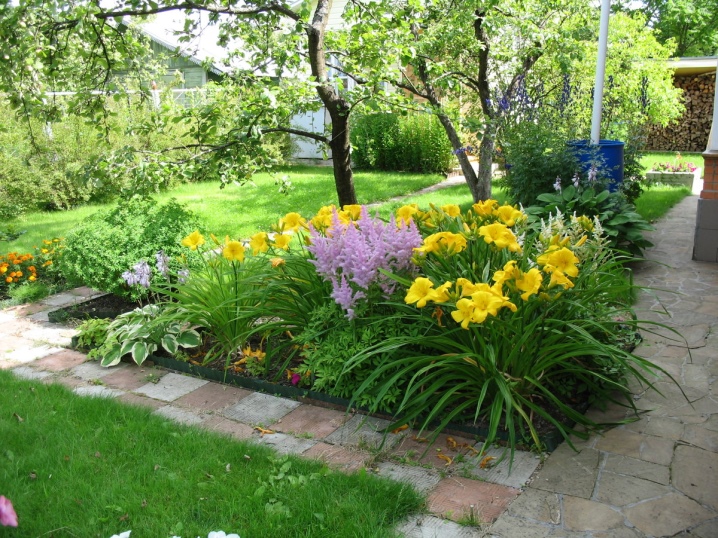
- Daylilies cannot tolerate tight spaces and will drop flowers immediately. Even a single bush can grow so that it will be cramped from itself! As a result, the peduncles will first become small and dull, and then completely disappear.
Solution to the problem: plant krasodnevs at a sufficient distance from each other (from 40 to 60 cm), and separate and plant bushes with overgrown green mass.
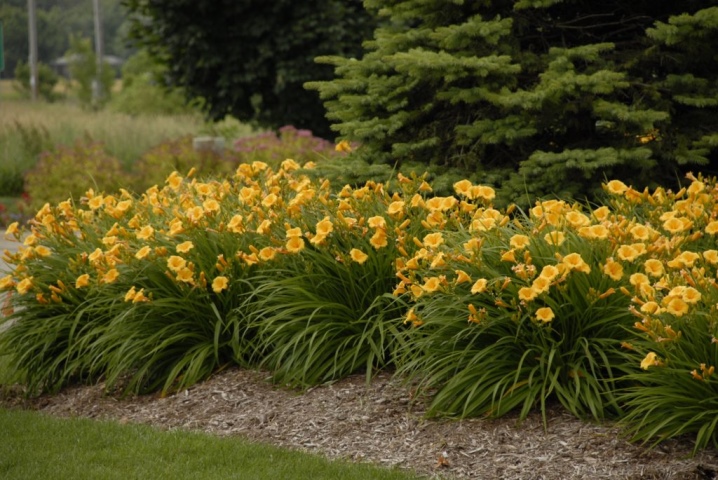
- Disembarkation is not on time. It is necessary to divide, plant and replant daylilies at the right time. For example, when carrying out any of these procedures in a hot summer, you risk being left without flowers for this and next year, even if the bush itself survives. If you are planning an autumn planting, remember that the beautiful day may not have time to take root and simply freeze.
Solution to the problem: procedures for dividing, planting and transplanting must be performed long before the first frost - about 1.5-2 months. Focus on your area of residence: in an area with a cold climate, all work will have to be completed before the first days of October, with a warm one - you can stretch it to the middle.

- Acclimatization. Among daylilies, there are many varieties with a continuous vegetation process - these are evergreen varieties or plants with an intermediate wintering process. Accordingly, it will be difficult for them to settle down in a climate where summer and winter temperatures vary so much.
Solution to the problem: in order to preserve an evergreen variety, you must take care of high-quality mulch during its first wintering. The plant should not suffer from temperature extremes, lack of natural snow cover.

- Planting too deep. If, when planting a plant, you deepened its root collar too much, hiding it in the soil by 2-3 centimeters, then you can forget about flowering. Therefore, be sure to leave the base of the root collar above the soil.
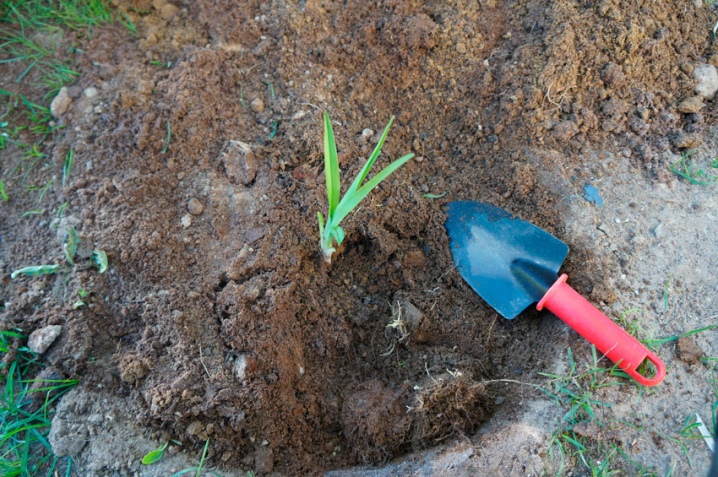
- Diseases and pests. Krasnodnev has a natural immunity to most diseases, but a weakened plant can pick up a disease called daylily rust, which affects leaves and peduncles. Therefore, if you notice yellow spots on the surface of the foliage, know that the plant has become infected with this ailment.
Solution to the problem: remove the affected areas, treat the bush with fungicides. Anyway, as you remember, prevention is the best treatment, so use systemic drugs from time to time to protect your daylily plantations.

- Age features. Krasodnev begins to bloom, reaching an age of about 17-20 months. If your plant was obtained by separating a daughter offspring or by clonal micropropagation, it will take up to 2 years for it to turn into a fully flowering daylily bush.
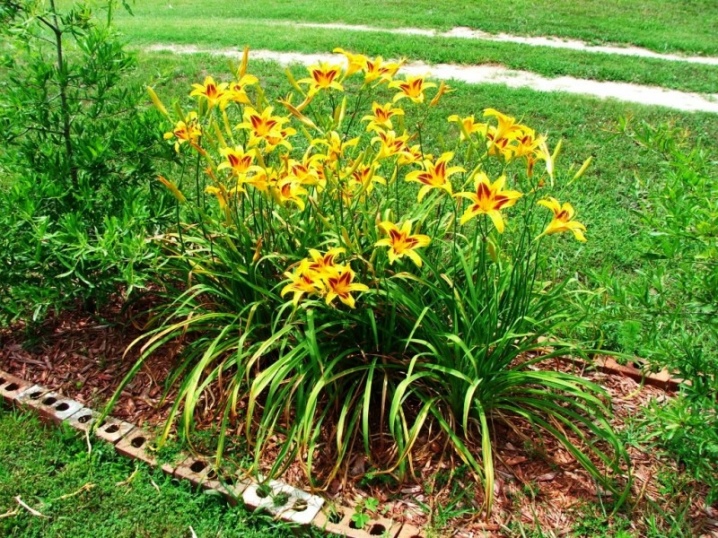
- Excess / lack of feeding. The main element, with an excess of which only leaves, without flowers, are formed on Krasnodne, is nitrogen. However, attention - now we are talking about his strong "overdose", because, in general, daylilies love nitrogen-containing fertilizing. You should clarify the data on the composition of the soil in your region of residence: the absence of any important elements in it, the variable acidity index - all this affects the viability and flowering of the redneck.
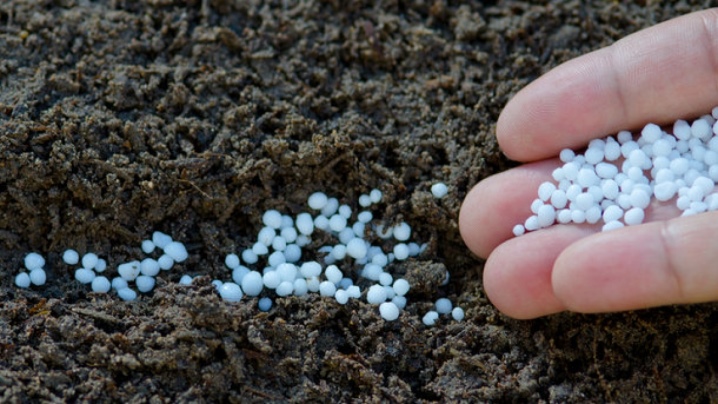
- Poor watering. Last but not least, the reason for the lack of flowers on the daylily. This plant is very fond of water. Therefore, if there is a lack of rainwater irrigation, you must regularly water the beautiful day yourself. Then he will delight you with fast growth and colorful flowering.
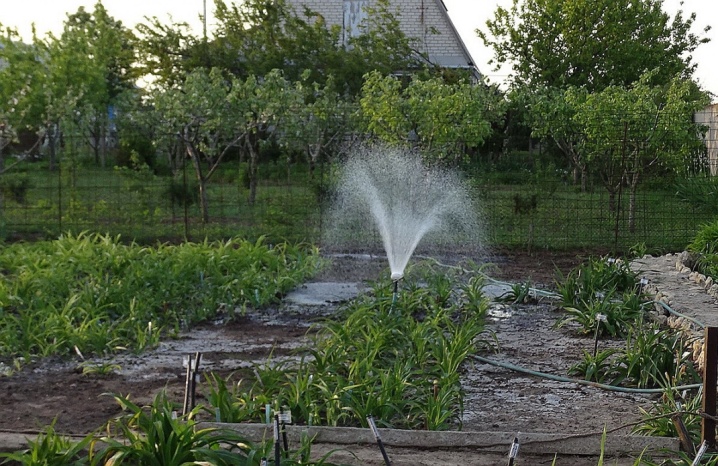
How to make a daylily bloom after transplanting?
First, let's get acquainted with the features of transplanting a daylily at different times of the year.
- In the spring. Krasodnev will release flower stalks this summer, but they will not be complete.
- Summer. Not the best time for a transplant. The heat promotes the activation of bacterial infections and fungal diseases. If you still carried out this procedure, shade the plant, provide it with abundant and regular watering.If possible, repot the daylily early in the season.
- In the autumn. But this time is optimal for the transplant procedure. It is best to do this 1.5 months before the onset of the first frost (focus on the climate of your region). At the end of flowering, you should dig out the plant, inspect its rhizome, remove the places where there is damage, and plant it in the prepared soil. So your daylily will have time to root before the first frost hits, and will be able to overwinter comfortably.
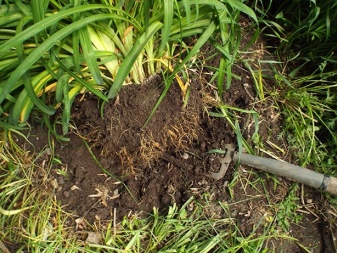
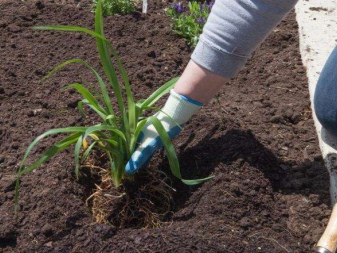
In order for the daylily to bloom after transplanting, you must:
- transplant it to a place where there will be no shortage of insolation;
- leave the root collar on top of the soil;
- feed the plant during the budding period with fertilizers containing potassium and phosphorus;
- if the transplant was carried out in the autumn period, then closer to winter, add organic matter to the soil, slightly spudding the roots;
- if in the spring you notice old leaves on your daylily, cut them off so that they do not interfere with the growth and development of new ones.
For more information on dividing and transplanting a daylily, as well as why it does not bloom, see the next video.




































































































The comment was sent successfully.